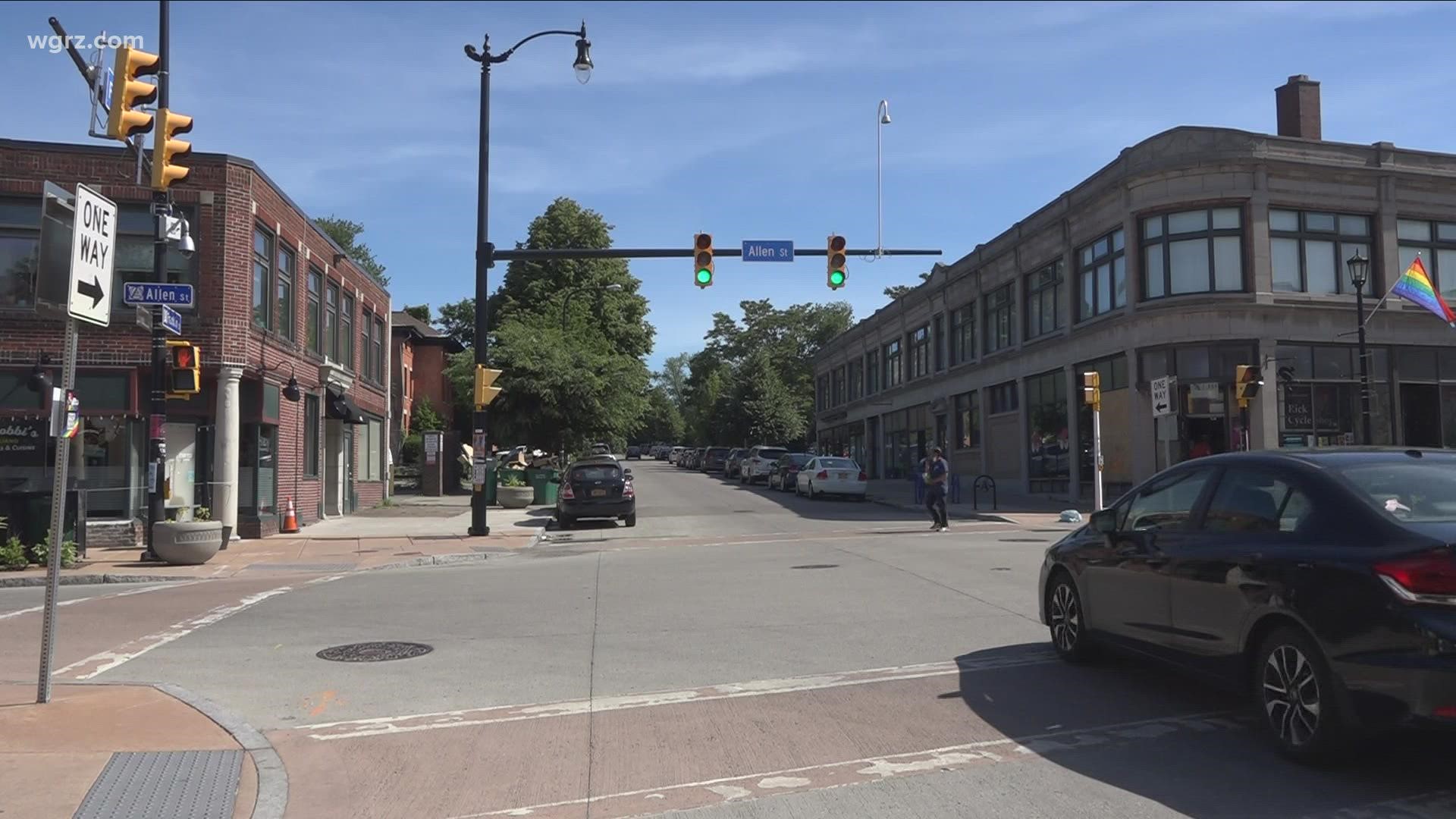BUFFALO, N.Y. — Over the past decade or so, Buffalo has seen a tremendous renaissance, but the road to that rebirth was paved with plenty of stops and starts. Countless ideas of how to rethink downtown and bring people back have come and gone. One of those ideas 40 years ago would have put a shopping mall in the heart of Allentown.
The backstory of this unusual proposal actually goes back several decades. A struggle for inner cities across America, how to reinvent themselves in the wake of suburban flight.
Former Buffalo Sabres President Larry Quinn was community development commissioner for the City of Buffalo back in the early 80s.
"The struggles for cities after the war was how do you integrate cars with retail districts, and the malls, really it was the Thruway Plaza when I was a kid, was the competition for downtown. Then the Boulevard Mall became the real competition for downtown, so cities were saying let's be like that," Quinn said.
A lot of cities were going in the direction of pedestrian malls in urban areas. One that was built in Buffalo was Cathedral Park.
"It's largely mall and there's a single lane of traffic there. It was pretty successful because it's only one block long and there are streets all around it and it was very nice and people started saying, oh this is nice, let's do it everywhere," Quinn said.
But in Allentown, they had an idea for more than a pedestrian mall, but an actual shopping mall, centered around the Allen-Franklin intersection. The plan was to renovate the buildings on the north side of Allen Street, between Delaware and Franklin, and connect them with the building currently occupied by Rick's Cycle by a bridge over Franklin Street. The idea was tried elsewhere in the neighborhood, there was a short-lived mall in the old telephone company building at 124 Elmwood.
A $1.2 million urban development grant was secured for the Allen Street project, but internal disputes and technical issues led to delays which put the grant in jeopardy and the funding eventually was pulled and the project died. Quinn says, in retrospect it was probably not a bad thing.
"It wasn't a Buffalo solution, it was sort of borrowing from someplace else," Quinn said.

